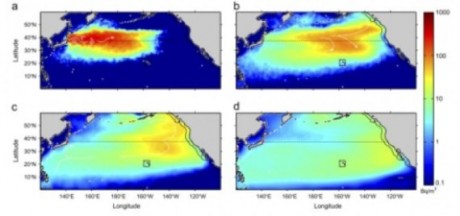Power Raid
We Exist To Win Premierships
the graph did the rounds a while back. it is not radiation or anything else sinister.
the graph is the height of the tidal wave. anyone or any website passing it off as anything else is either ignorant, intentionally misleading or both.






